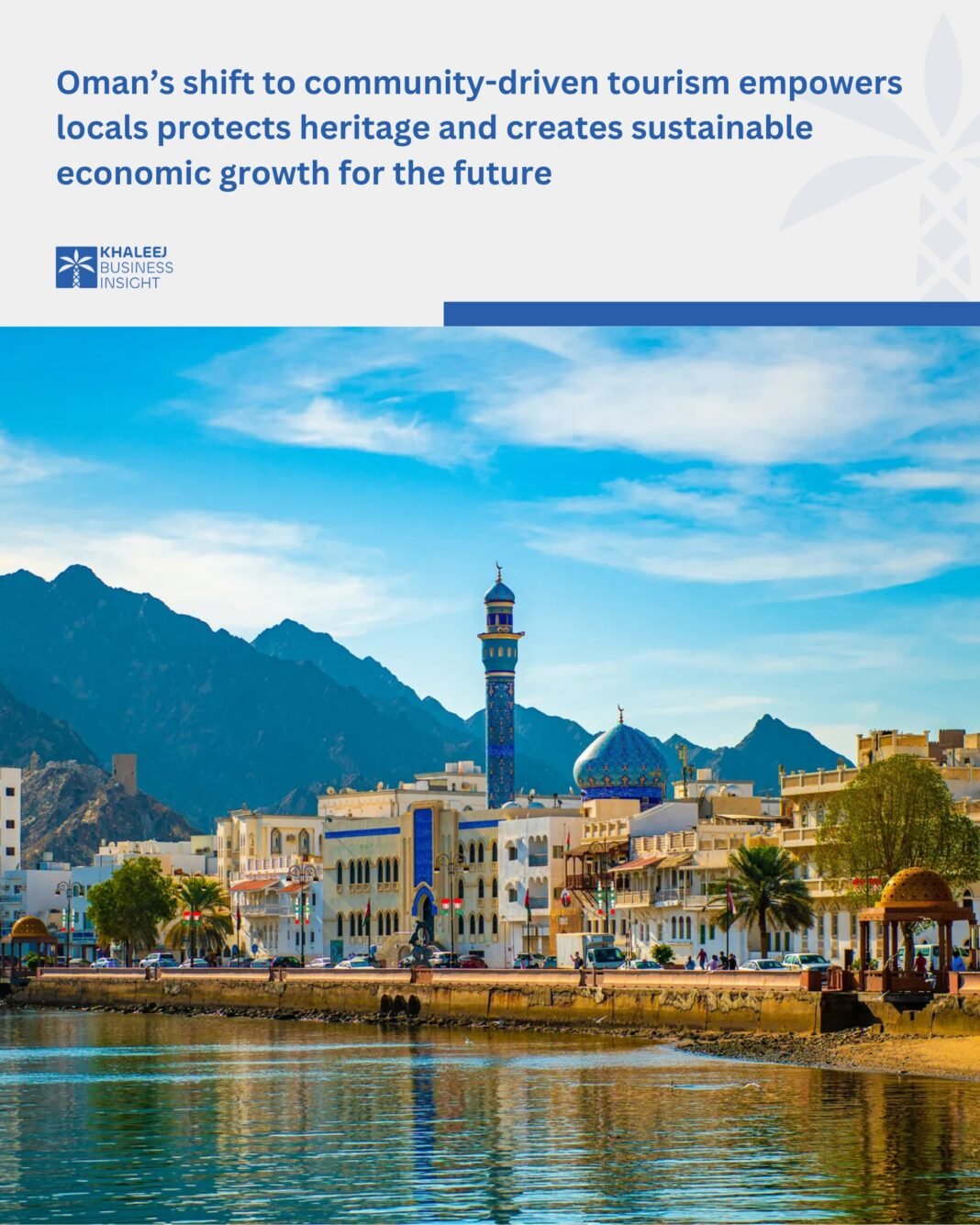Oman’s tourism industry stands at a significant turning point. With a focus on diversifying its economy beyond oil and gas, tourism has become a key pillar in Oman Vision 2040. However, the challenge remains: how can Oman develop a sustainable tourism sector that benefits both its economy and local communities while preserving cultural heritage? The answer lies in community-driven tourism. This approach, already successful in other parts of the Arab world, holds the potential to bring lasting economic benefits to local communities.
Traditionally, tourism in Oman has been shaped by large investments, state-run infrastructure projects, and policies focused on attracting international tourists. While such initiatives have their benefits, they often leave local communities out of the equation. Instead of relying on foreign models or top-down policies, Oman needs a tourism ecosystem that encourages local communities to take the lead and reap the rewards.
Communities like Harat Al Aqr in Nizwa and Misfat Al Abriyeen in Al Hamra have shown the effectiveness of community-led tourism models. Nizwa, with its rich history and culture, has developed a flourishing tourism economy around Harat Al Aqr, a village surrounding the Nizwa Citadel. Here, visitors experience a traditional souq, heritage sites, and cultural festivals. More importantly, most of the tourism activities are locally led, ensuring that revenue stays within the community. Nizwa’s model capitalizes on existing architecture and traditions, making it a unique destination for visitors.
Misfat Al Abriyeen, a scenic mountain village, is another example of sustainable tourism. Local guesthouses, guided tours, and small businesses ensure that tourism supports the community’s livelihood. The development of Misfat Al Abriyeen has been organic, driven by the villagers themselves, rather than large corporations or state control. This model demonstrates that tourism can be both sustainable and beneficial to the local population.
Oman is not the only country facing the challenge of developing community-based tourism. In Jordan, the Dana Biosphere Reserve offers a successful example of eco-tourism, where local communities are at the forefront of managing and benefiting from tourism activities. Similarly, Morocco’s Medinas, such as those in Fez and Marrakech, thrive through community-run guesthouses, small-scale tourism, and local artisanship. These models provide valuable insights for Oman, particularly in how to maintain heritage-based tourism without excessive commercialization.
For community-driven tourism to flourish in Oman, it requires a supportive ecosystem. First, there should be financial and technical assistance for small tourism entrepreneurs, such as microfinance and business training. This will help guesthouse owners, tour guides, and local artisans to grow their businesses sustainably. Second, the government must create regulations that protect local tourism enterprises from being overshadowed by large corporations. Lastly, partnerships between the government, private sector, and local communities are crucial. The role of the state should be to facilitate, not control, ensuring that tourism grows in a way that benefits everyone involved.
As Oman moves forward with its tourism goals, it must focus on community-driven models. By fostering local entrepreneurship, protecting cultural heritage, and ensuring that economic benefits stay within the community, Oman can build a sustainable tourism sector that aligns with its long-term vision.





